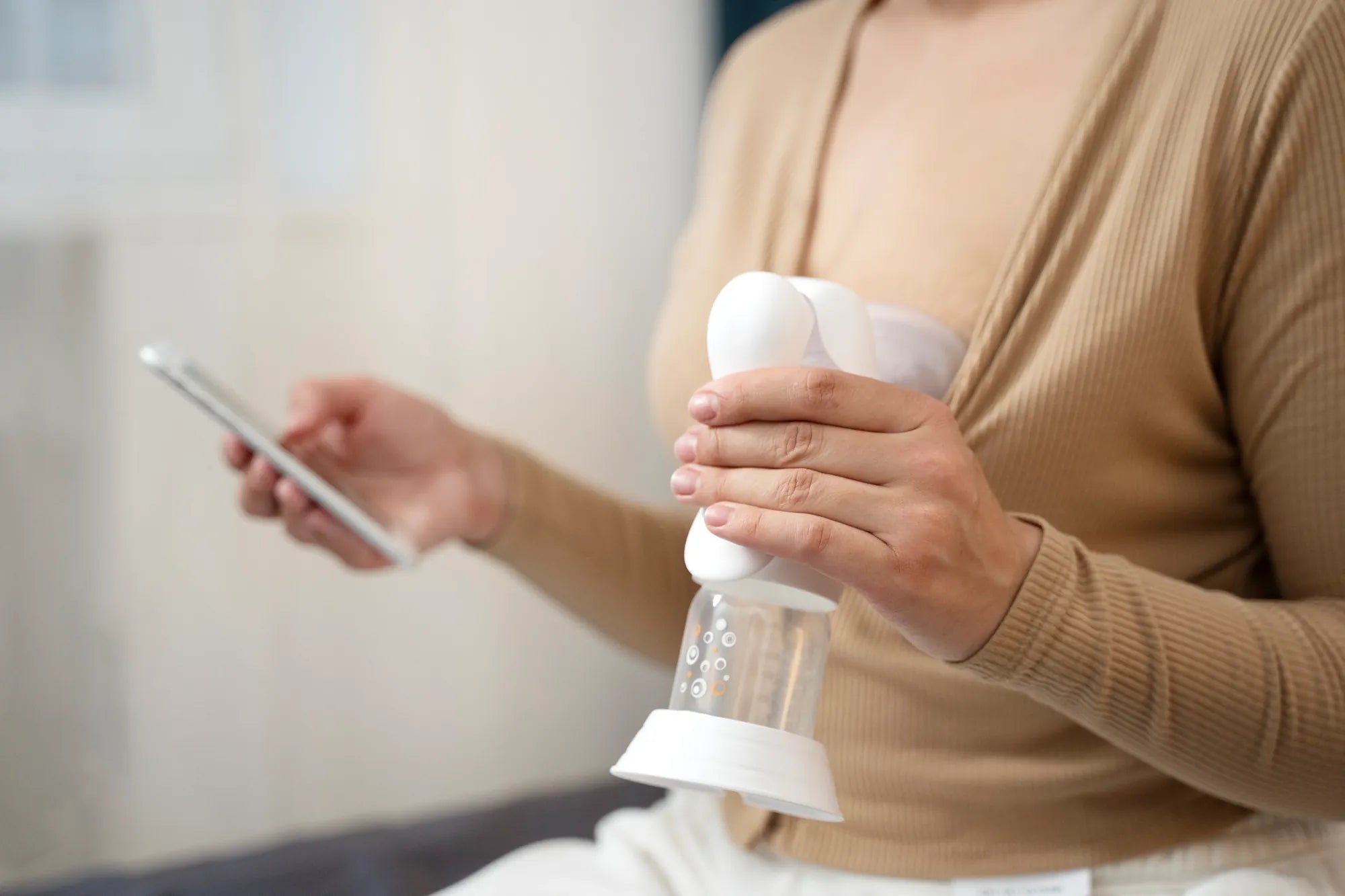Startseite
Pregnancy, Breastfeeding, and Pumping: The Ultimate Guide for Moms
How to Store Breast Milk After You Pump: A Comprehensive Guide

How to Store Breast Milk After You Pump: A Comprehensive Guide
Storing breast milk properly after pumping is crucial for maintaining its nutritional value and ensuring your baby's safety. Whether you're a new parent or an experienced one, understanding the best practices for breast milk storage can make a significant difference. This comprehensive guide will walk you through everything you need to know about how to store breast milk after you pump.
Why Proper Storage Matters
Breast milk is a living substance packed with essential nutrients, antibodies, and enzymes that support your baby's growth and immune system. However, improper storage can lead to the growth of harmful bacteria, loss of nutrients, and spoilage. By following the correct storage guidelines, you can ensure that your baby receives the full benefits of your breast milk.
Choosing the Right Storage Containers
Selecting the appropriate containers for storing breast milk is the first step in ensuring its safety and quality. Here are some options to consider:
- Glass Bottles: Glass bottles are a safe and eco-friendly option. They are easy to clean and do not retain odors or stains. However, they can be heavy and may break if dropped.
- Plastic Bottles: Plastic bottles are lightweight and durable. Look for bottles made from BPA-free materials to avoid potential chemical leaching.
- Breast Milk Bags: These are specifically designed for storing breast milk and are convenient for freezing. They are pre-sterilized and take up less space in the freezer. However, they are single-use and can be prone to leaks if not sealed properly.
Labeling and Dating
Always label your breast milk containers with the date and time of pumping. This practice helps you use the oldest milk first and ensures that your baby consumes fresh milk. Use waterproof labels or markers to prevent smudging.
Storage Temperature Guidelines
Proper temperature control is essential for preserving the quality of breast milk. Here are the recommended storage guidelines:
- Room Temperature: Freshly pumped breast milk can be stored at room temperature (up to 77°F or 25°C) for up to 4 hours. If the room is warmer, reduce the storage time to 2 hours.
- Refrigerator: Store breast milk in the back of the refrigerator, where the temperature is most consistent. It can be kept for up to 4 days at 40°F (4°C) or lower.
- Freezer: For long-term storage, place breast milk in the freezer. It can be stored for up to 6 months in a standard freezer and up to 12 months in a deep freezer at 0°F (-18°C) or lower.
Thawing and Warming Breast Milk
When it's time to use stored breast milk, follow these steps to thaw and warm it safely:
- Thawing: Move frozen breast milk to the refrigerator to thaw slowly. This process can take up to 24 hours. Alternatively, you can place the container under cool running water and gradually increase the water temperature.
- Warming: To warm breast milk, place the container in a bowl of warm water or use a bottle warmer. Avoid using a microwave, as it can create hot spots and destroy valuable nutrients.
Handling and Hygiene
Maintaining proper hygiene is crucial when handling breast milk. Always wash your hands thoroughly before pumping and handling storage containers. Ensure that all containers and pumping equipment are clean and sterilized to prevent contamination.
Tips for Maintaining Freshness
Here are some additional tips to keep your breast milk fresh and safe:
- Store in Small Portions: Store breast milk in small portions (2-4 ounces) to reduce waste and make it easier to thaw only what you need.
- Avoid Overfilling: Leave some space at the top of the container to allow for expansion during freezing.
- Use First-In, First-Out: Always use the oldest stored milk first to ensure freshness.
- Check for Spoilage: Before feeding, check the milk for any unusual odor or color changes. If in doubt, discard the milk.
Traveling with Stored Breast Milk
If you need to travel with stored breast milk, use an insulated cooler bag with ice packs to keep the milk cold. For air travel, check with the airline for their specific guidelines on carrying breast milk.
Common Mistakes to Avoid
Here are some common mistakes to avoid when storing breast milk:
- Refreezing Thawed Milk: Never refreeze breast milk once it has been thawed, as it can lead to bacterial growth.
- Using Expired Milk: Always adhere to the recommended storage times to ensure your baby's safety.
- Ignoring Hygiene: Skipping proper cleaning and sterilization can lead to contamination.
By following these guidelines, you can ensure that your stored breast milk remains safe, nutritious, and ready for your baby whenever needed. Proper storage practices not only protect your baby's health but also give you peace of mind as a parent. Start implementing these tips today to make the most of your breast milk storage routine.
Teilen

